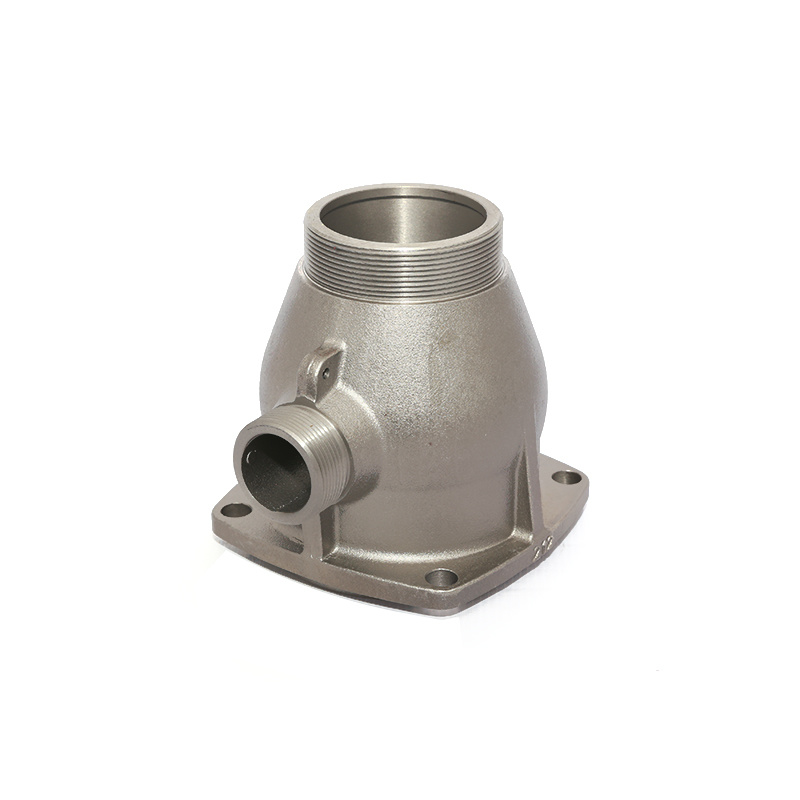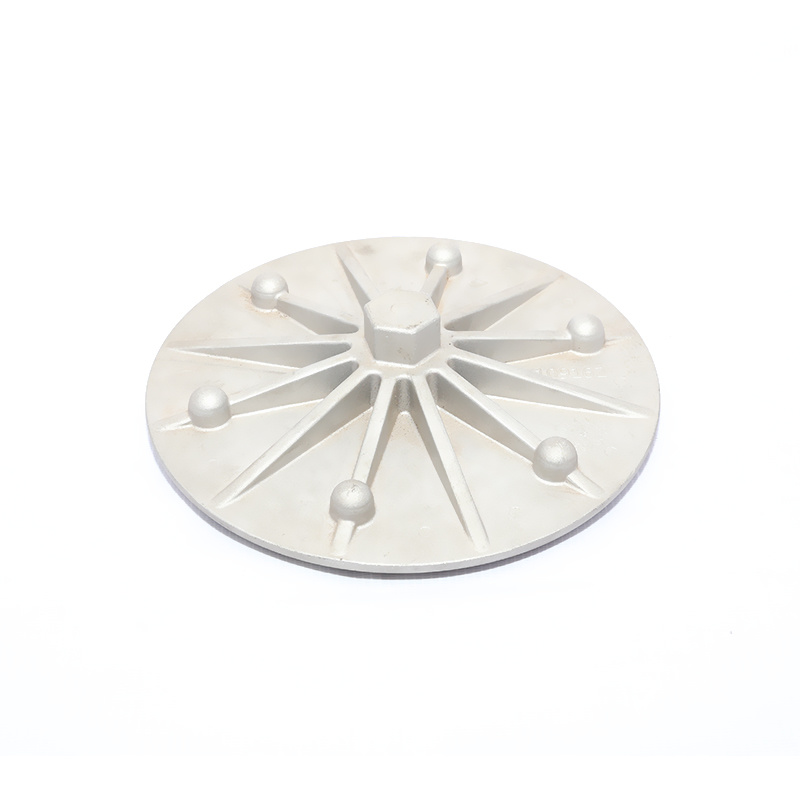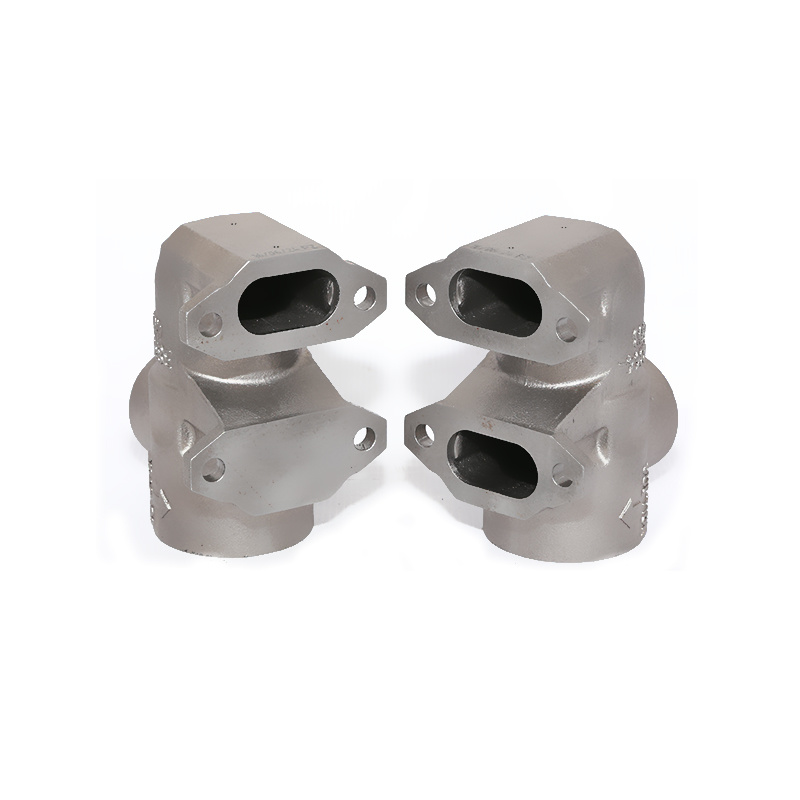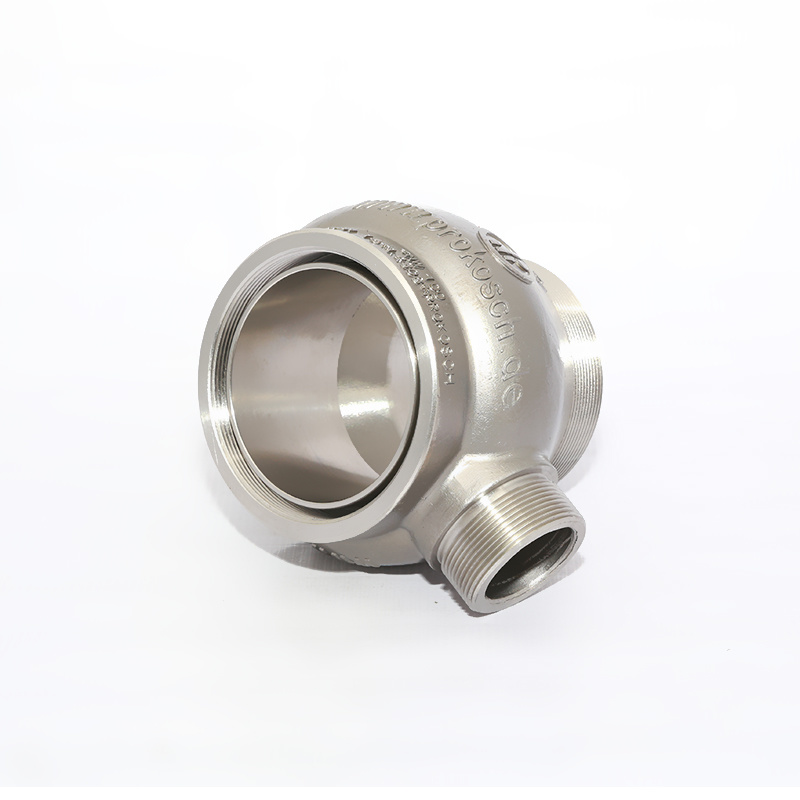language
English
العربية
বাংলাদেশ
Български
Hrvatski
Česky
Dansk
Nederland
Esperanto
Slovenski
filipino
Suomi
Français
Maori
Georgian
Deutsch
Ελλάδα
ישראל
इंडिया
Magyarország
Ísland
Indonesia
Irlanda
Italia
日本語
Sovensko
Հայաստան
한국
Kyrgyz
ປະເທດລາວ
Latvian
Lithuanian
Luxembourgish
Macedonian
Малайская
Maltese
Монгол улс
ဗမာ
नेपाल
Norge
ایران
Polska
Portugal
România
Российская
Србија
Србија
Bosanski
Slovenian
Беларус
España
Sverige
Точик
ประเทศไทย
Türk
Azərbaycan
Uzbek
Việt Nam
Understanding the Factors Influencing Quaternary Diaphragm Pump Pricing
Apr 08,2025
The pricing of quaternary diaphragm pumps is influenced by a multitude of factors that merit careful consideration. First and foremost, the materials used in manufacturing these pumps significantly affect their cost. High-quality materials such as stainless steel and specialized elastomers increase the durability and performance of the pumps, which in turn can justify a higher price point. Research indicates that longevity and resistance to chemical corrosion are critical attributes in industrial settings, leading to a preference for premium materials despite the upfront investment.
Additionally, the complexity of the pump design plays a pivotal role in determining its price. Quaternary diaphragm pumps are designed to handle a variety of fluids, including corrosive and viscous substances. Their multi-chamber construction allows for efficient separation and handling of these fluids, making them suitable for demanding applications. However, this complexity can elevate manufacturing costs, affecting the final market price. Studies suggest that while simpler designs may be more affordable, they may not meet the rigorous performance standards required in specialized industrial applications.
Another significant factor influencing the price is the level of technology integrated into the pump. Advanced features such as automated control systems, monitoring capabilities, and energy-efficient designs tend to increase the initial cost but offer long-term savings through reduced operational costs and improved efficiency. Research has demonstrated that companies investing in technologically advanced pumps often benefit from decreased downtime and maintenance costs, ultimately leading to a favorable return on investment over time.
Market demand and supply fluctuations also have a direct impact on pricing. In recent years, the industrial sector has seen varying demands for diaphragm pumps based on economic conditions and industry growth. An increase in demand, particularly in sectors such as pharmaceuticals and food and beverage, typically drives prices up. Conversely, a saturated market may lead to competitive pricing strategies that can benefit buyers.
Lastly, geographical factors and regional manufacturing capabilities can influence pricing. Costs associated with labor, logistics, and compliance with local regulations can vary widely across different regions, affecting the final price of quaternary diaphragm pumps. Researchers and industry professionals should note these variations when evaluating options for purchase.
In summary, understanding the factors impacting the price of quaternary diaphragm pumps can empower professionals in making informed decisions tailored to their specific industrial needs. By considering material quality, design complexity, technological advancements, market dynamics, and regional influences, stakeholders can better navigate the landscape of diaphragm pump procurement.
Additionally, the complexity of the pump design plays a pivotal role in determining its price. Quaternary diaphragm pumps are designed to handle a variety of fluids, including corrosive and viscous substances. Their multi-chamber construction allows for efficient separation and handling of these fluids, making them suitable for demanding applications. However, this complexity can elevate manufacturing costs, affecting the final market price. Studies suggest that while simpler designs may be more affordable, they may not meet the rigorous performance standards required in specialized industrial applications.
Another significant factor influencing the price is the level of technology integrated into the pump. Advanced features such as automated control systems, monitoring capabilities, and energy-efficient designs tend to increase the initial cost but offer long-term savings through reduced operational costs and improved efficiency. Research has demonstrated that companies investing in technologically advanced pumps often benefit from decreased downtime and maintenance costs, ultimately leading to a favorable return on investment over time.
Market demand and supply fluctuations also have a direct impact on pricing. In recent years, the industrial sector has seen varying demands for diaphragm pumps based on economic conditions and industry growth. An increase in demand, particularly in sectors such as pharmaceuticals and food and beverage, typically drives prices up. Conversely, a saturated market may lead to competitive pricing strategies that can benefit buyers.
Lastly, geographical factors and regional manufacturing capabilities can influence pricing. Costs associated with labor, logistics, and compliance with local regulations can vary widely across different regions, affecting the final price of quaternary diaphragm pumps. Researchers and industry professionals should note these variations when evaluating options for purchase.
In summary, understanding the factors impacting the price of quaternary diaphragm pumps can empower professionals in making informed decisions tailored to their specific industrial needs. By considering material quality, design complexity, technological advancements, market dynamics, and regional influences, stakeholders can better navigate the landscape of diaphragm pump procurement.
Latest News





